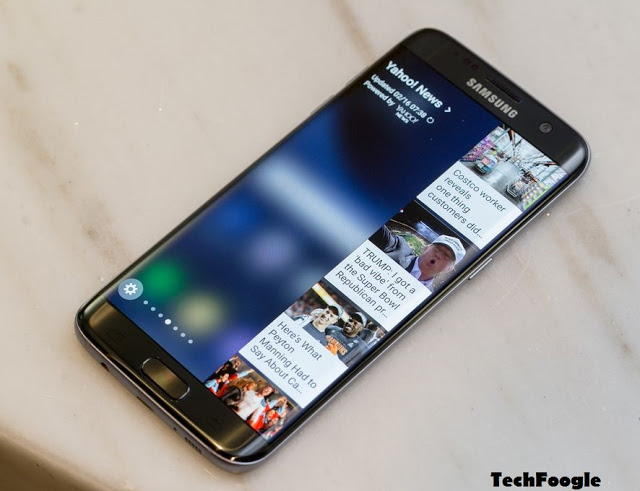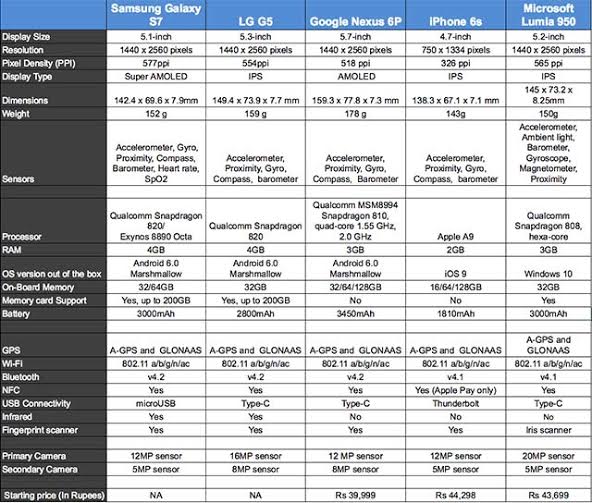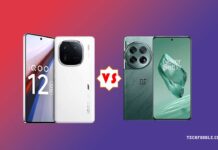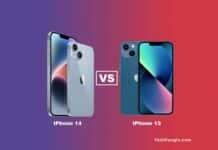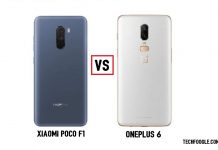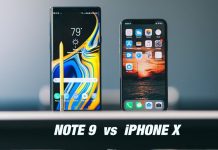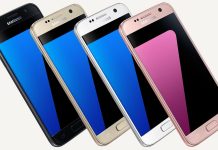Samsung is out with its 2016 flagship models and comparisons are unavoidable. Interestingly, LG also happened to announce the uber-innovative G5 at MWC 2016. Apple recently pulled all stops with the iPhone 6s and soon after that, we saw Microsoft dive right back into the smartphone race with the Lumia 950. Then there’s the Huawei built Nexus 6P from Google already available in the market. We’ve put all five leading flagships in the ring to find out which one emerges as the winner, at least on paper.
Take a look at the comparison chart below.
Bottom line
The Galaxy S7 and the LG G5 are almost at par when it comes to the display. The Galaxy S7 is slightly ahead owing to the smaller display size, which means a sharper display, when compared to the LG G5. Moreover, both come with an Always-On Display option, promising energy efficiency that won’t drain the battery. On paper, Apple seems to be lagging far behind with a pixel density of 336 ppi, but that doesn’t mean its display is lackluster.
When it comes to the form factor, Apple steals the show with the iPhone 6s’ mere 7.1mm sides. The Lumia 950 also does a pretty good job at 150 grams, with a larger 5.2-inch display. However, LG has been grabbing eyeballs with the modular design of its G5 and its accompanying Friends. Coming to the battery, the Nexus 6P is at the forefront with a 3450mAh battery, but the Galaxy S7 packs in wireless charging, Quick Charge and waterproofing.
Fingerprint scanners have become the norm among devices and as you see in the chart above, all come equipped with some form of this security feature. Microsoft takes it a step further with an iris scanner.
The devices come with the usual suspects when it comes to sensors and connectivity. However, except Galaxy S7 that still relies on microUSB and Apple on Thunderbolt, the other three have opted for USB Type-C connectivity. Spending sometime with the Nexus 5X however, we’ve realised that this won’t make a big difference right now as the Type-C hasn’t yet gone mainstream. Moreover, Samsung is doing this because GearVR works via microSD at the moment.
In terms of camera, the Galaxy S7 has dropped the resolution from 16MP to 12MP, but it claims that the wider f/1.7 aperture, rearranged sensor layout and smart OIS brings faster and better performance. It’s the first camera to bring the ‘Dual Pixel’ feature on smartphones for faster autofocus. This feature was found only on DSLRs. The devices run the latest iterations of their respective OSes, each offering the best features they can, which means the preference for OS would depend upon users and fan following.
On paper, both G5 and Galaxy S7 look well placed. Both Samsung and LG haven’t revealed the pricing, but Samsung is expected to hit shelves next month while LG is still tight lipped about the availability. On the other hand, the other three are available for all users. In the end though, the pricing is what will make the largest difference.

